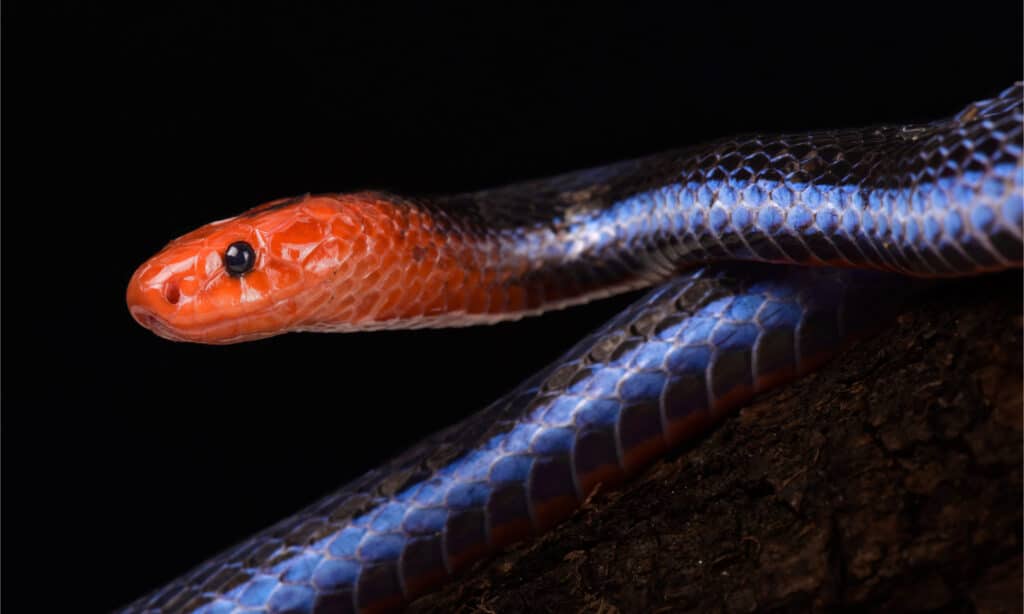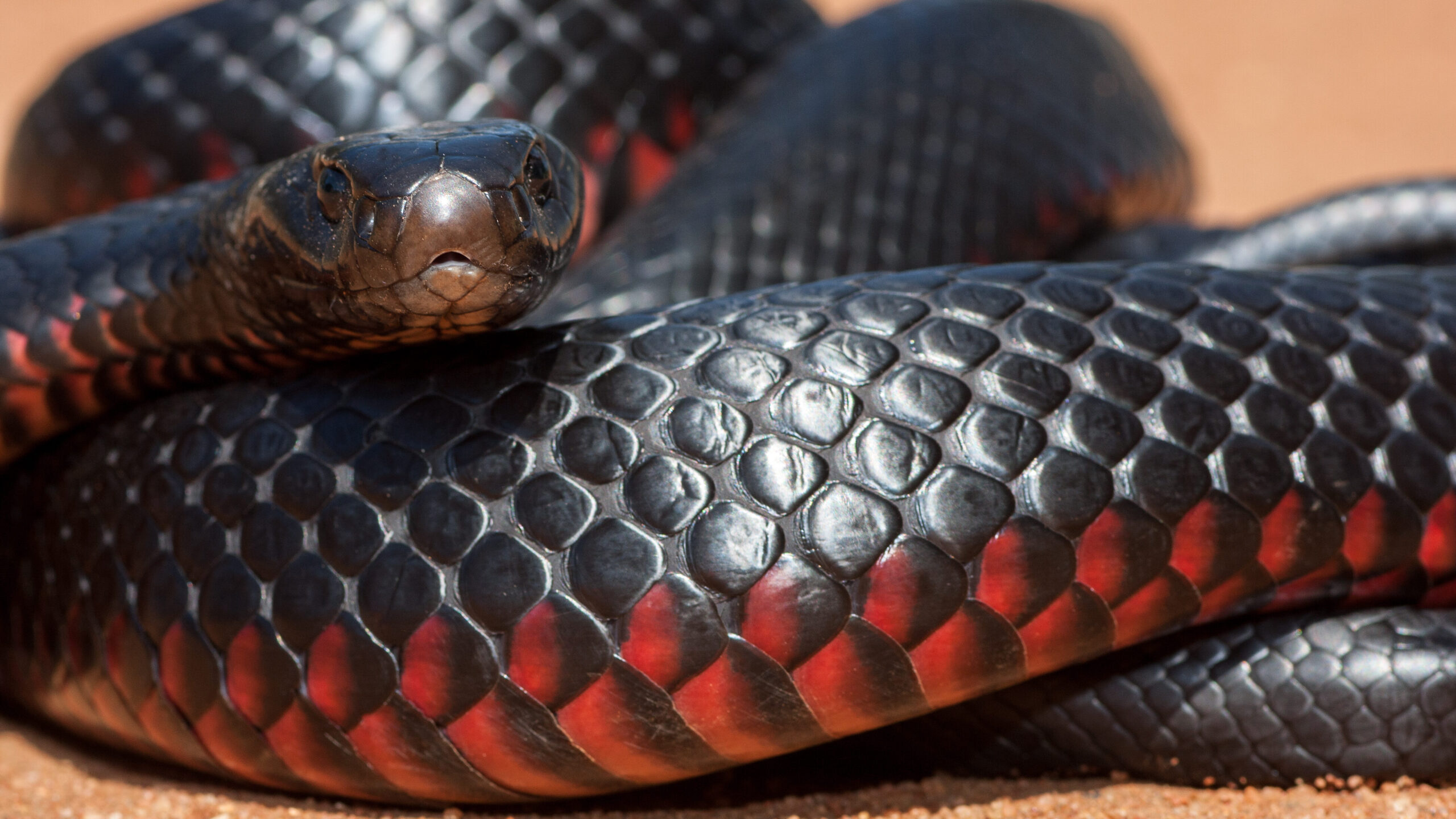Introduction
When it concerns the fascinating globe of snakes, couple of types record the creative imagination rather like the baby tiger snake. Understood for their distinct coloration and potent venom, these snakes are an integral part of Australia's one-of-a-kind ecosystem. In this detailed article, we will look into numerous facets of child tiger serpents, including their behavior, habitat, and exactly how to securely communicate with them. Whether you're a wildlife lover or merely curious regarding these animals, understanding baby tiger snakes can aid foster a much deeper admiration for nature.
Baby Tiger Snakes: What You Need to Find Out About Their Actions and Habitat
What Are Baby Tiger Snakes?
Baby tiger serpents are juvenile forms of the extremely poisonous species recognized medically as Notechis scutatus These serpents are mostly discovered in coastal areas of Australia, particularly in Tasmania and southerly Victoria. As they expand, their coloration adjustments from a more soft combination to the characteristic yellow and black bands that provide their name.

One remarkable facet of infant tiger snakes is their dimension; hatchlings typically determine around 25-30 centimeters in size. Despite their little stature, they have an unusual amount of poison that can be damaging to humans if bitten.
Physical Characteristics
Tiger snakes have several key physical attributes:
- Coloration: The distinct banding pattern typically ends up being a lot more noticable as they mature. Size: Grownups can get to lengths of as much as 2 meters. Body Shape: They have a robust body that aids in swimming and earthbound movement.
Where Do Baby Tiger Snakes Live? Recognizing Their Habitat
Understanding the habitat preferences of baby tiger serpents is necessary for both preservation initiatives and public safety and security. These snakes thrive in numerous settings:
- Wetlands: Marshes and swamps give ample searching grounds. Coastal Regions: Typically found near coastlines where they can quest for prey. Woodlands: Thick vegetation offers cover from predators.
Geographical Distribution
Tiger serpents are primarily found along Australia's southerly coastline, including:
- Tasmania: Home to one of one of the most infamous populations. Victoria: Particularly in areas near water bodies.
Are Tiger Snakes Venomous? A Deep Dive into Their Venom
One usual concern develops when discussing baby tiger snakes: "Are tiger snakes venomous?" The solution is a definite yes!
Venom Composition
The poison of tiger snakes consists of neurotoxins that can cause paralysis, coagulopathy (blood clotting issues), and potentially fatality if neglected. Below's what you require to know:
- Effects on Humans: An attack from a tiger snake can bring about symptoms like swelling, discomfort at the bite website, nausea or vomiting, and also respiratory failure.
Comparison with Other Poisonous Snakes
In contrast to other Australian serpents such as the eastern brown serpent or king brown serpent, tiger serpent venom is thought about among the most powerful. Nonetheless, deaths are rare due to improved clinical therapies and access to antivenom.
Behavioral Patterns of Infant Tiger Snakes
Understanding how infant tiger snakes behave is important for those who live in or see locations where these reptiles are prevalent.
Nocturnal Habits
Most infant tiger snakes display nighttime behavior. They have a tendency to forage Conservation of Australian snakes for food throughout cooler evening temperature levels. This flexibility aids them stay clear of killers while boosting their hunting efficiency.
Hunting Techniques
Their searching strategies consist of:
- Ambush Predation: Waiting inactive until prey comes close. Active Foraging: Proactively relocating with plant life or along rivers trying to find food.
First Help for Serpent Bites: What You Must Know
Despite being Australian snake habitats interesting animals, experiences with infant tiger snakes can cause unsafe circumstances if attacks happen. Understanding first aid treatments can conserve lives.
Immediate Tips After a Bite
Browse around this site Remain tranquility; panic increases heart rate. Immobilize the impacted limb using a splint or bandage. Seek instant medical focus-- antivenom might be necessary.Creating a Snake Bite First Aid Kit
A well-prepared emergency treatment package must consist of:
|Item|Function|| ------------------------------|--------------------------------------|| Compression plaster|To paralyze the limb|| Splint|Stabilizes broken bones or joints|| Antihistamines|Reduces allergic reactions|| Emergency call numbers|Quick gain access to during emergencies|
Common Misconceptions Regarding Tiger Snakes Debunked
Many misconceptions border these interesting reptiles; allow's clear up some false impressions frequently held by people.
Myth # 1: All Tiger Snakes Are Aggressive
While some people might show protective behaviors when threatened, not all tiger snakes display aggressiveness in the direction of humans unless provoked.
Myth # 2: Infant Tiger Snakes Are Much Less Unsafe Than Adults
This misconception could not be even more from the truth! Infant tiger serpents contain almost as much poison as grownups relative to their dimension; hence they pose considerable threats if bitten.

FAQs Concerning Child Tiger Snakes
What do baby tiger snakes eat?- They mainly take in small mammals, birds, frogs, and fish.
- Look for slim bodies with pale banding patterns that come to be more obvious as they mature.
- Yes! Birds of prey and larger reptiles may target them.
- Typically every few weeks as they grow rapidly throughout their early life stages.
- While some people do maintain them unlawfully without permits because of their hazardous nature; it's normally not advised given their venomous status.
- With timely clinical treatment-- including antivenom-- the survival price is high!
Conclusion
In recap, understanding infant tiger serpents-- what they consume, where they live, how they behave-- can furnish us with beneficial knowledge about these amazing yet harmful animals. The value of education and learning surrounding emergency treatment procedures can not be overemphasized; knowing exactly how to respond effectively after a bite can save lives while fostering respect for our slinking next-door neighbors within Australia's abundant biodiversity range.
By valuing these serpents' roles within ecological communities-- and identifying prospective threats-- we advertise coexistence as opposed to fear-based responses toward one another's existence in nature's grand tapestry! Whether you're an enthusiastic hiker contemplating your following experience or just curious regarding local wild animals experiences near home-- this guide functions as your relied on recommendation factor on the enigmatic world inhabited by our close friends-- the amazing baby tiger snake!
